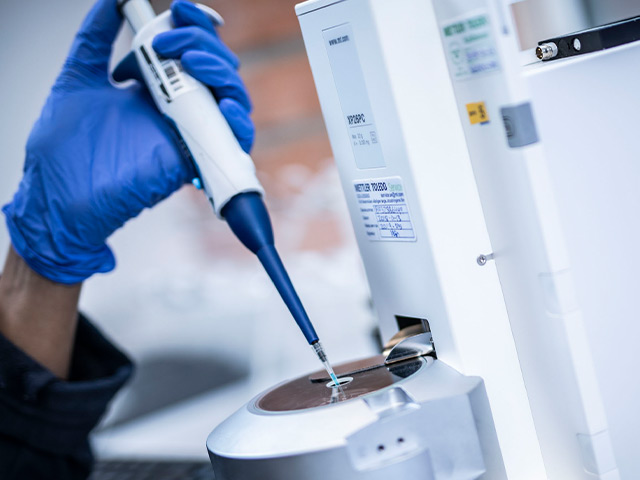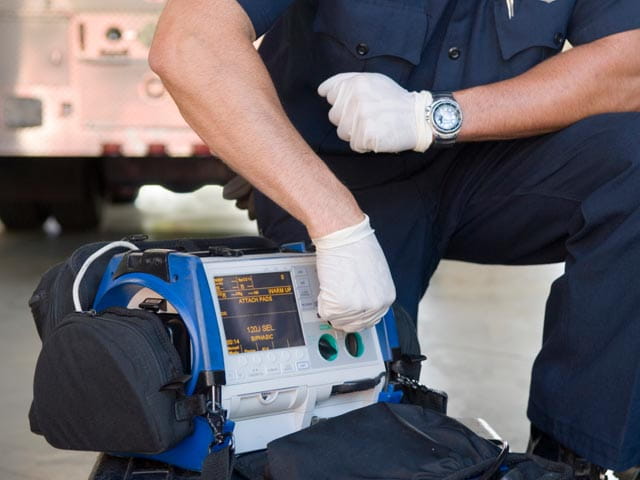In the realm of modern medicine, the quest for innovation is unending. One of the most significant advancements in recent times has been the development of minimally invasive surgery (MIS) tools. These tools have revolutionized surgical procedures, offering patients shorter recovery times, reduced risk of complications, and improved outcomes. In this article, we delve into the emerging trends shaping the landscape of minimally invasive surgery tools. If you found this article interesting about medical syringes, you will likely enjoy further reading on their webpage.
The Rise of Robotics
Robot-assisted surgery has emerged as a game-changer in the field of MIS. With the integration of advanced robotics and artificial intelligence (AI), surgeons can now perform complex procedures with enhanced precision and control. Robotic surgical systems offer greater dexterity and maneuverability, allowing for more intricate operations through smaller incisions. As technology continues to evolve, we can expect further refinements in robotic-assisted surgical platforms, making them more accessible and efficient.
Advances in Imaging Technology
Imaging plays a crucial role in guiding minimally invasive procedures. Recent advancements in imaging technology, such as 3D visualization and real-time imaging, provide surgeons with unprecedented clarity and accuracy during surgery. Techniques like intraoperative MRI and augmented reality overlays enable surgeons to navigate intricate anatomical structures with confidence, resulting in safer and more effective surgeries.
Miniaturization of Instruments
Miniaturization is a key trend driving innovation in minimally invasive surgery tools. As instruments become smaller and more agile, surgeons can access hard-to-reach areas with minimal tissue disruption. Microscopic cameras, tiny sensors, and ultrafine instruments enable surgeons to perform intricate procedures with greater precision, reducing trauma to surrounding tissues and speeding up recovery times for patients.

Integration of Nanotechnology
Nanotechnology holds immense promise for the future of minimally invasive surgery. By harnessing the unique properties of nanomaterials, researchers are developing tools and implants that can revolutionize surgical interventions. Nanorobots capable of targeted drug delivery, nanoscale imaging devices, and self-assembling nanostructures for tissue repair are just a few examples of how nanotechnology is reshaping the landscape of surgery.
Enhanced Ergonomics and User Experience
In addition to technological advancements, there is a growing emphasis on improving the ergonomics and user experience of minimally invasive surgery tools. Ergonomically designed instruments reduce surgeon fatigue and discomfort during lengthy procedures, allowing for greater focus and precision. User-friendly interfaces and intuitive controls further enhance the efficiency and safety of MIS, ensuring optimal outcomes for both surgeons and patients.
Conclusion
The field of minimally invasive surgery is undergoing rapid transformation, driven by technological innovation and a commitment to improving patient care. From robotic-assisted systems to nanotechnology-enabled devices, the future holds immense potential for revolutionizing surgical procedures. As these emerging trends continue to unfold, we can anticipate safer, more effective, and less invasive treatments for a wide range of medical conditions.




